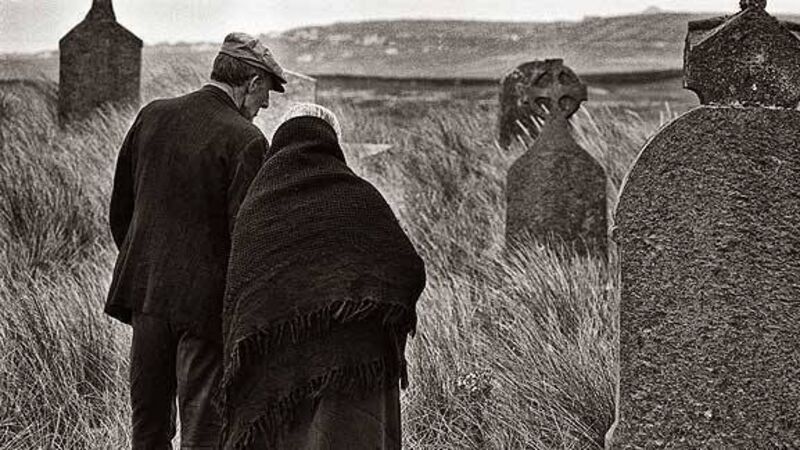50 years of Ireland's western islands

Going back to the 1960s when he was a teenager, every summer holiday was spent with his mother and sisters at Kilmurvey on Inis Mór, right at the heart of the Aran Islands.
It was during those carefree days that he first encountered the passion that would eventually become his professional career.











